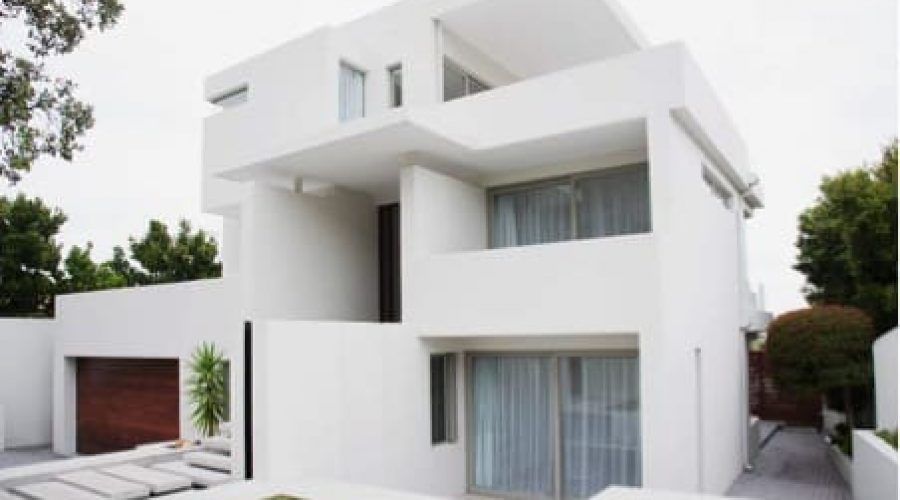There’s further proof that women just love investing in property, with new research showing that young single women are becoming first home buyers at a faster rate than men.
Why is this the case? Is it the bricks and mortar appeal? The nesting instinct? Or do we just feel there is less risk given the tendency for property prices to go up?
It’s probably a combination of all of those things.
According to RAMS customer data, the average national age for female first home buyers was 33, whereas the average male was 34, and 35 in Victoria – which had the the greatest age gap of all the states.
The data showed 49 per cent of RAMS first home buyers nationally in 2017 were female, which was an increase of 2 percentage points since 2013.
Female first home buyers in South Australia are particularly ahead of the game, accounting for 51 per cent of RAMS first home buyers in the state.
These figures could suggest Australia’s young women desire greater financial security and have a good understanding of how an escalating property market, coupled with historically low interest rates, could help them achieve it.
If you are considering getting into the property market, consider my top tips:
1. Know what you can afford.
Before jumping online and scanning the recent home listings, it is important to understand what you can afford. Consider your current savings, your spending habits, how much you can afford to repay each month and how much your estimated transaction costs could be.
This will help you know how much you can borrow and ultimately dictate the property you can afford. We have a range of calculators on the RAMS website that might help with the calculations. Don’t forget to factor in stamp duty, conveyancing fees and potentially Lenders Mortgage Insurance as these will all take a portion of your savings.
2. Do your homework.
Research applies to many different facets of the home buying journey. Have a look into government grants and schemes you may be eligible for but remember not all grants apply to all properties and buyers.
Some states also offer stamp duty concessions to encourage first home buyers and upsizers but the rates and thresholds can differ from state-to- state.
Consider what type of property you want to buy (off the plan, new build, renovated), the pros and cons of each option, and which best suits your budget.
Have an idea of the property band you can afford in your favoured suburbs, and then watch the market to better understand prices in each location.
3. Select and partner with a home loan expert. It helps to consult an expert, especially if you’re a first home buyer or haven’t been active in the property market for some time.
4. Don’t get too emotionally involved. It’s difficult but buying property needs to be a factual and impartial process.
Even if you find a property and fall in love with it, consider resale and rental value before you sign on the dotted line.
When you go out on your property search it may be helpful to have pre-approval from a home lender to inform prospective sellers that you’re a good candidate who is ready to move on the sale fast. Going through these (often lengthy) detailed processes can help prospective buyers process the emotional attachment to their “dream home” and start to think about it on a more practical level.
5. Before making an offer. Ensure you’ve dotted your i’s and crossed your t’s before officially making an offer.
It’s a good idea to conduct your own third-party pest and builders inspections, even if you’re not planning to renovate a property, or if the current owners are willing to provide copies of their own inspections.
On the financial front, ensure you’ve got all your finances in order and ensure your home loan pre-approval is current – they usually last 90 days.
In some cases, sellers may accept a lower offer if you show you’re a serious contender, which can set you ahead of the competition.
Remember that before you enter a contract, you need to get full finance approval.












